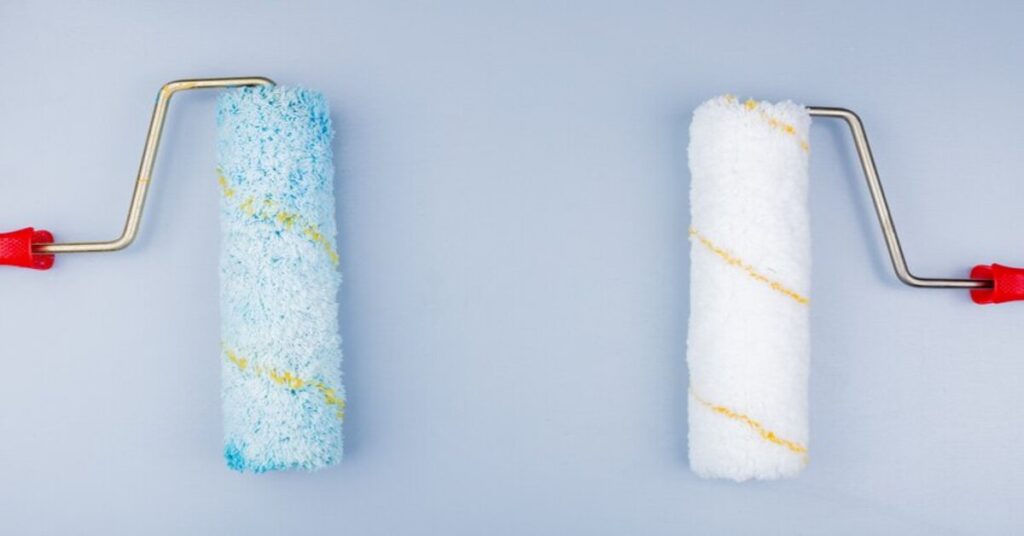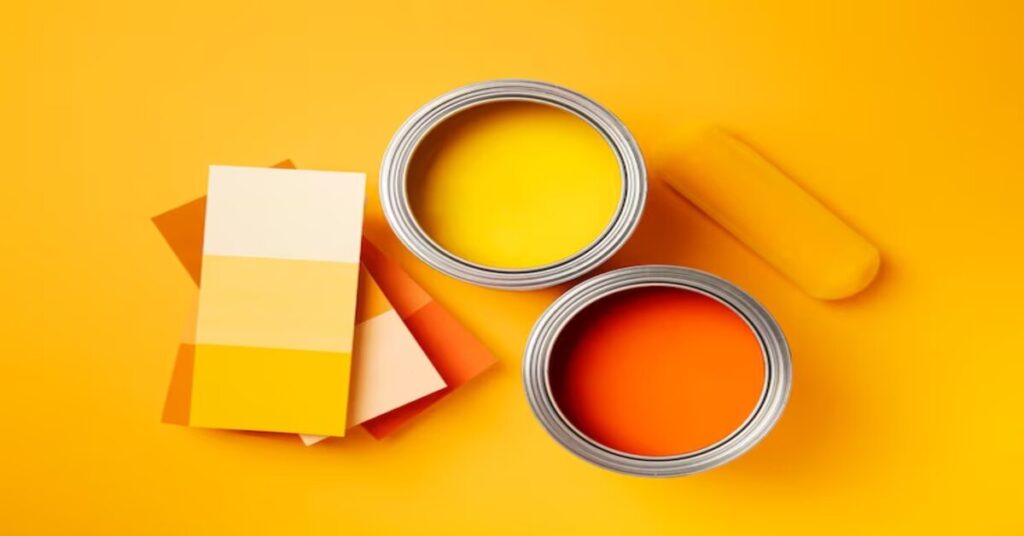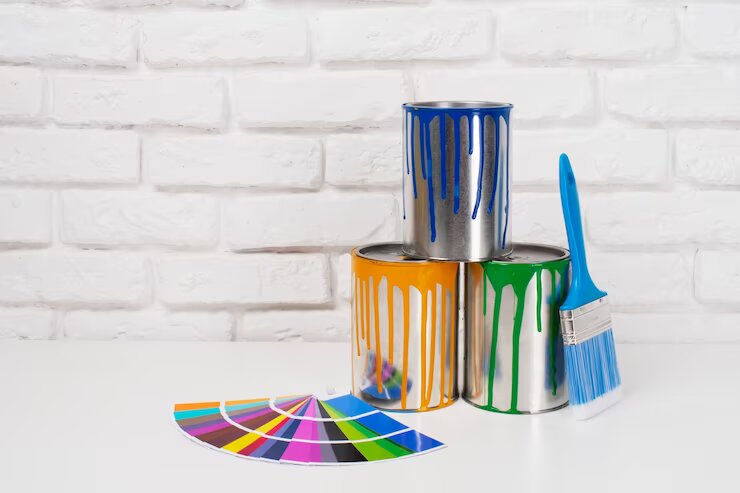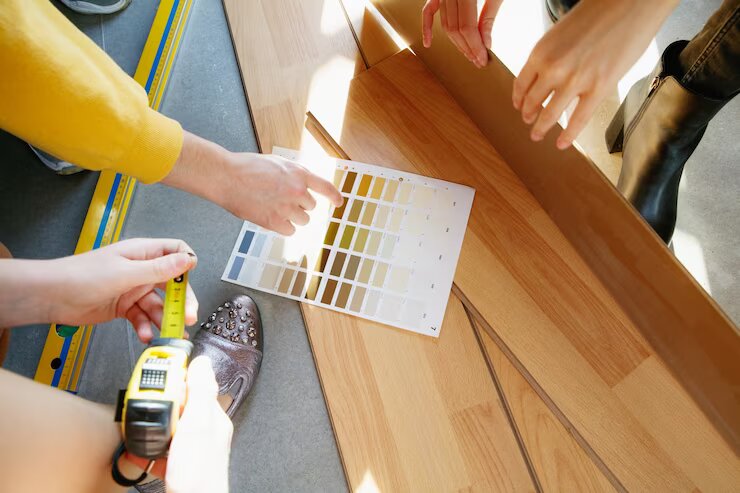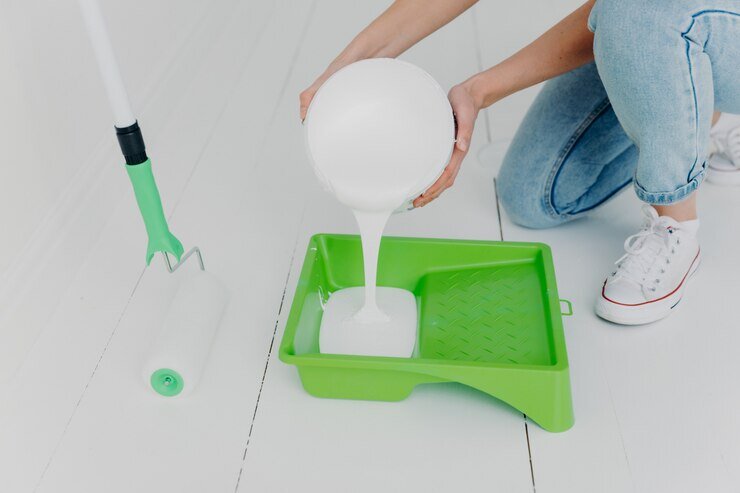Introduction
Painting is a transformative process that can enhance the beauty and ambiance of any space. Choosing the right paint finish holds significant importance among the many decisions you’ll need to make. Two of the most commonly debated finishes are semi-gloss vs. satin. While both offer distinct advantages, they cater to different preferences and practical considerations.
When selecting the right paint finish for your home, semi-gloss and satin are two popular options that often confuse you. Each finish has its unique characteristics, advantages, and drawbacks. In this comprehensive guide, we’ll dive into the differences between semi-gloss and satin paint, helping you make an informed decision for your next painting project.
Table of Contents
- Understanding Paint Finishes
- Semi-Gloss Paint: Shining Excellence
- Satin Paint: Subtle Elegance
- Comparing Semi-Gloss and Satin Finishes
- Choosing the Right Finish for Your Project
- Application and Maintenance Tips
1. Understanding Paint Finishes
Gloss Levels Explained
Paint finishes are categorized based on their gloss levels, which refer to the amount of light they reflect. Semi-gloss and satin finishes fall within the mid-range gloss levels, between the high and low sheen of matte finishes.
Factors to Consider
Several factors come into play when selecting a paint finish. These include the room’s purpose, lighting conditions, imperfections on the surface, and personal aesthetic preferences.
2. Semi-Gloss Paint: Shining Excellence
Advantages
Semi-gloss paint is known for its high sheen and reflective quality. Its durability and resistance to moisture and stains make it an excellent choice for high-traffic areas like kitchens, bathrooms, and hallways. The shine of semi-gloss paint also adds a touch of elegance to trim, doors, and cabinets.
Ideal Applications
Trim and Molding: The reflective nature of semi-gloss paint makes it an ideal choice for highlighting architectural details.
Kitchens and Bathrooms: Its resistance to moisture and easy cleanability make semi-gloss a top pick for spaces prone to splashes and spills.
Furniture: Achieve a polished and sophisticated look using semi-gloss paint on furniture pieces.
3. Satin Paint: Subtle Elegance
Advantages
Satin paint balances the reflective qualities of semi-gloss and the smooth appearance of eggshell finishes. It provides a gentle sheen that introduces a hint of sophistication to a space without becoming overly dominant. Its ability to conceal surface imperfections makes it a popular choice for walls.
Ideal Applications
Living Rooms and Bedrooms: Satin paint complements these spaces by adding a subtle sheen that enhances the walls without stealing the show.
Hallways and Corridors: The durability of satin paint is well-suited for areas with moderate foot traffic.
Ceilings: Achieve a delicate glow on ceilings while masking minor flaws.
4. Comparing Semi-Gloss and Satin Finishes
Sheen Intensity
Semi-gloss boasts a higher sheen compared to satin. Semi-gloss is the way to go if you’re seeking a finish that reflects more light. On the other hand, Satin offers a softer sheen that creates a more relaxed atmosphere.
Durability and Maintenance
Semi-gloss paint is more moisture-resistant, making it suitable for areas prone to splashes and humidity. Satin, while still durable, may require more maintenance in high-moisture environments.
Aesthetic Appeal
Semi-gloss lends a touch of luxury and sophistication, making it suitable for formal spaces. Satin, with its gentle sheen, adds warmth and coziness to rooms.
5. Choosing the Right Finish for Your Project
Consider the Room’s Function
Think about how the room will be used. Semi-gloss might be the better choice for high-traffic areas or spaces with potential moisture exposure. For more serene spaces, satin can provide the desired effect.
Lighting and Space
Consider the room’s lighting. Rooms with ample natural light can showcase the beauty of semi-gloss, while satin can soften the impact of artificial lighting in rooms with less natural light.
Personal Style
Ultimately, your style should guide your decision. If you prefer a bold, luxurious look, semi-gloss is ideal. If a more understated elegance resonates with you, satin might be the better fit.
6. Application and Maintenance Tips
Ensuring the surface is prepared correctly is essential for achieving a flawless finish. Clean, smooth, and prime the surface before applying paint to ensure optimal results.
Applying the Paint
Use quality brushes or rollers to achieve an even application. Multiple thin coats are preferable to a single thick coat, ensuring a uniform finish.
Caring for Your Painted Surfaces
Regular cleaning and maintenance are essential for preserving the beauty of your painted surfaces. Utilize gentle cleaning agents while refraining from using abrasive substances.
Conclusion
Choosing between semi-gloss and satin paint involves considering sheen intensity, durability, and personal style. While semi-gloss adds an air of luxury, satin offers subtle elegance. By following our guide and considering your specific needs, you can confidently select the perfect finish for each room in your home. Remember, whether you opt for semi-gloss or satin, a well-executed paint job can transform your living spaces. Discover fascinating facts and interesting information at FactsFair explore a wide range of topics and start your journey of knowledge today!
FAQs
Can I use semi-gloss or satin paint on exterior surfaces?
Both finishes can be used outdoors, but semi-gloss is more commonly preferred due to its higher durability.
Is primer necessary for semi-gloss and satin paints?
Yes, using a primer is recommended to improve adhesion and achieve the best possible finish.
Can I apply semi-gloss or satin paint over existing matte paint?
It’s advisable to sand the matte surface lightly before applying the new paint for better adhesion.
Do semi-gloss and satin paints come in the same range of colors?
Yes, both finishes are available in various colors to suit your preferences.
Can I paint over a semi-gloss surface with satin paint or vice versa?
Yes, but it’s essential to prepare the surface and consider the differences in sheen properly.

